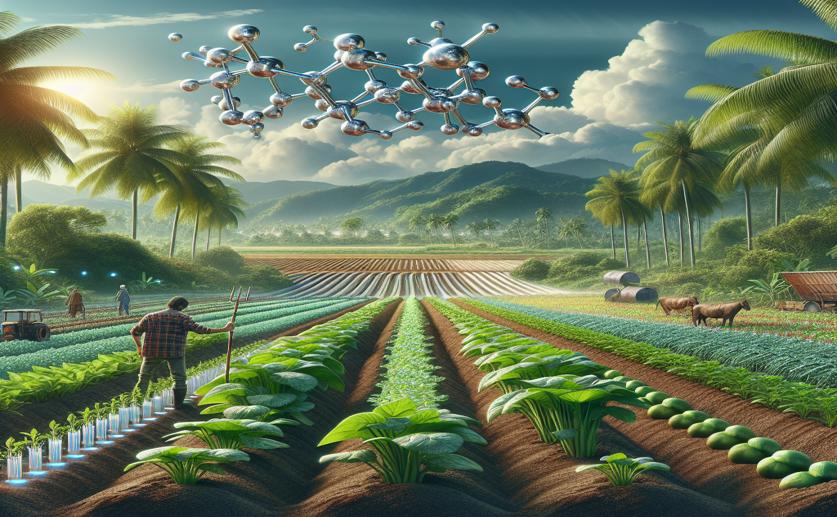
How Zinc Behaves in Tropical Soils with Heavy Vegetable Farming
David Palenski
25th January, 2024

Image Source: Natural Science News, 2024
AgricultureEnvironmentPlant Science
References
Main Study
1) Zinc speciation in highly weathered tropical soils affected by large scale vegetable production.
Published 22nd January, 2024
https://doi.org/10.1016/j.scitotenv.2024.170223



 21st January, 2024 | David Palenski
21st January, 2024 | David Palenski